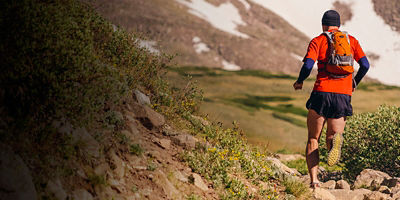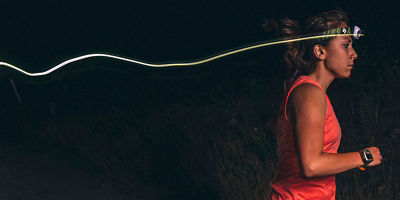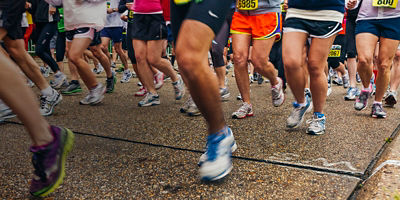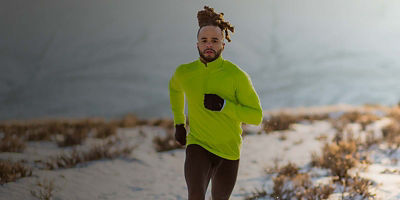
The seemingly simple item is one of the most critical yet underrated pieces of gear in your running arsenal. A well-fitting sock can make the difference between a glorious run and utter misery. Thankfully there are loads of options in style, material, and design specific to different running conditions and personal preferences. So, it’s more than worth your time (and budget) to find the right pair—or three.
In this guide, you'll learn about:
- Types of Running Socks
- Pros and Cons of Different Styles
- Running Sock Materials
- Design and Features
- How To Choose the Right Pair
Types of Running Socks
There are plenty of types and styles of running socks, from no-show to knee-high compression, with many choices in between. Socks are classified by their height, material, and cushion. Get started with a few of the most popular.
Ultralight
Lightweight running socks are the thinnest and most breathable option. They should fit snug and will feel best in a tight-fitting, lightweight shoe. In addition, ultralight socks will wick away moisture and are ideal for warm, humid conditions.
Light Cushion
These socks provide just enough cushion in all the right places—more than an ultralight sock, but not too much. Runners who want a little more comfort and protection than provided by ultralight socks should start shopping here.
Cushion
Some runners want cushioning in all the right places. These socks might not be as breathable because of the extra material, but will pay off in maximum comfort and additional protection from shoe abrasion.
Toe Socks
These socks have dedicated fanatics and are gaining in popularity. Designed just like they sound, with material around each toe, toe socks can be hard to find the perfect fit for your unique feet, but will help prevent blisters since they prevent toes from rubbing against one another.
Compression Socks
While some athletes wear compression socks to improve circulation for recovery, others like them for running as well. A tight overall fit reduces shock to the calf muscles and, with it, fatigue. Compression socks are also available in calf sleeves that runners can wear with regular socks.





















